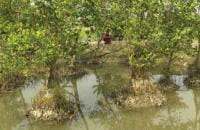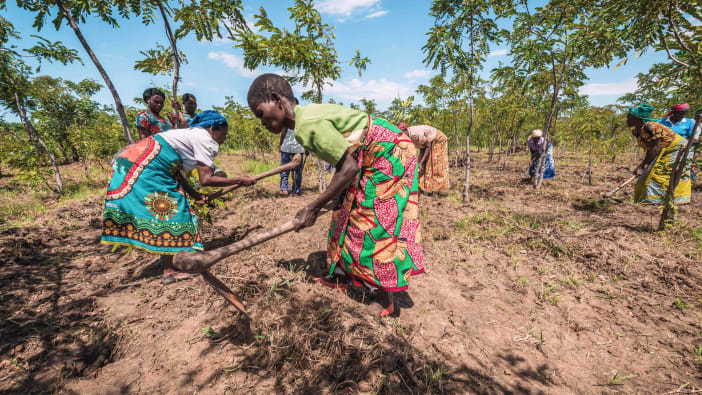Mangroves are a group of trees that can grow in salt water. Mangroves have large root systems which prevent erosion and provide an essential habitat for valuable fish species. They can also grow in fresh water. Mangrove forests are important for protecting coastlines, riverbanks and estuaries from floods and storms.
In a number of places in the world, mangrove forests are in danger. Sometimes they are cleared for shrimp farming, fish farming or building hotels.
Restoring mangrove forest
- Select healthy, mature seedlings from the existing forest. In many mangrove species, seedlings develop on the parent tree rather than in soil, making them easy to collect.
- Conditions for storing depend on the type of mangrove, but it is best to store most mangrove seedlings with the pointed end in the type of water they will be planted in.
- Plant the seedlings directly into an area of soft clay or mud between low and high tide, where the tide will cover the ground every day.
- To increase the strength of the seedlings and their chance of survival, grow them in a nursery using a polyethylene bag supported by a stick (bamboo is suitable). If the nursery is in a low-lying intertidal area, make small holes in the base of each bag so the seedlings can be watered by the tides.
- During the wet season, strong winds may cause waves which sweep away the seedlings. If this is a risk in your area, to avoid losing the seedlings, plant out after the wet season. Although the wet season is often the best time to plant, it is more important that the seedlings remain strong and that they are protected from damage by people and animals.
- There is no need to use pesticides or fertilisers.










